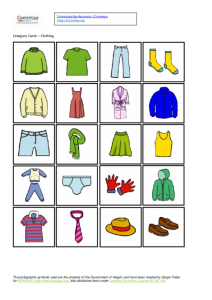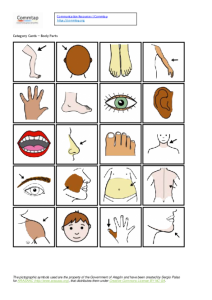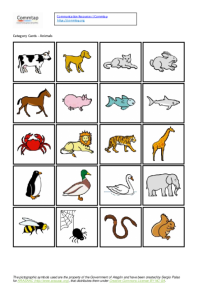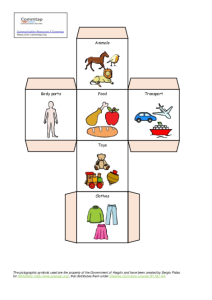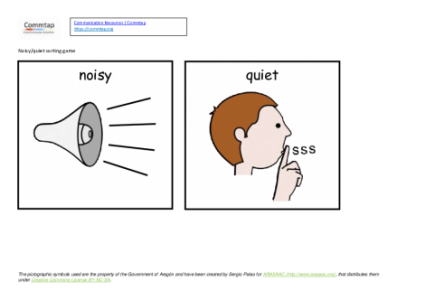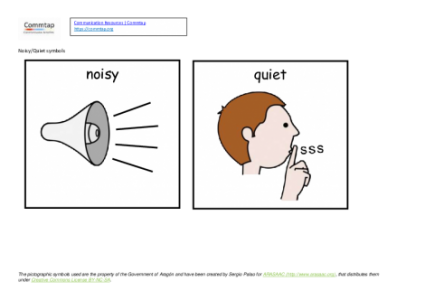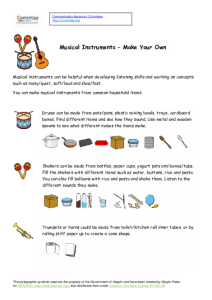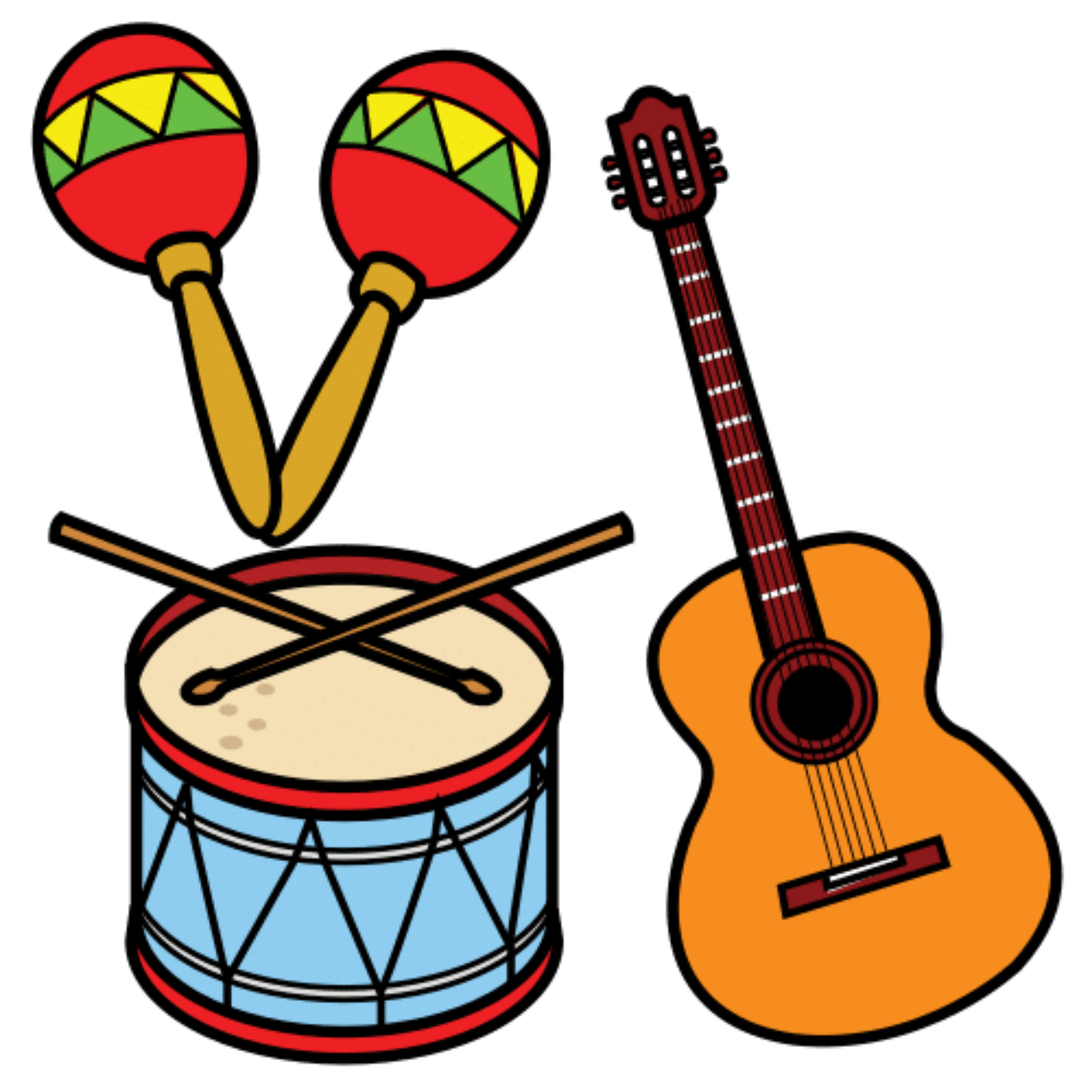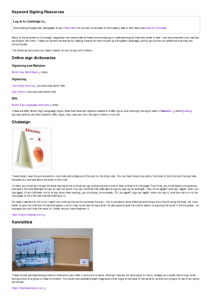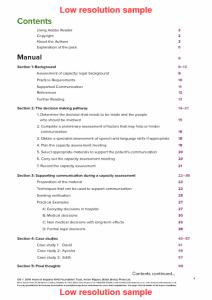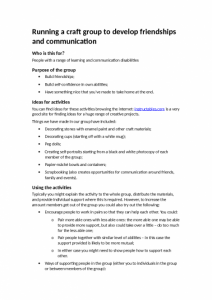Search
User login
Topic “Language Understanding”
Activities to develop understanding of the concepts noisy and quiet
| Activity/strategy name and materials required | How to do the activity | Key principles for doing the activity and comments |
|---|---|---|
| Musical Instruments - a selection of musical instruments - Click here for ideas of how to use household items to make musical instruments | 1. Each person chooses a musical instrument. 2. If you wish, you can use symbols alongside the words you use. Talk about noisy sounds and quiet sounds. Practice making these with your musical instrument. 3. Swap musical instruments and make noisy/quiet sounds again. 4. Play a game where you take turns at being the conductor and give the instructions of noisy or quiet for the others to follow.
| If your child is finding it challenging to grasp the difference between noisy and quiet. Choose one concept first, e.g. noisy, and use 'not noisy' as the alternative. Once you are confident that your child understands this concept you can start to teach the concept of quiet. |
| Listening Walk | If your child is finding it challenging to grasp the difference between noisy and quiet. Choose one concept first, e.g. noisy, and use 'not noisy' as the alternative. Once you are confident that your child understands this concept you can start to teach the concept of quiet. | |
| Noisy/quiet sorting game | If your child is finding it challenging to grasp the difference between noisy and quiet. Choose one concept first, e.g. noisy, and use 'not noisy' as the alternative. Once you are confident that your child understands this concept you can start to teach the concept of quiet. |
ARASAAC Symbols - Colour
Arasaac picture symbols in colour
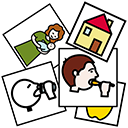
Picture symbols for over 11000 words in English from the Aragonese Portal of Augmentative and Alternative Communication. You can use these in your documents or you could use it in conjunction with the Commtap Symboliser for PowerPoint. The image format used in this set is "png" which is a commonly used image format.
Encouraging eye gaze communication (no tech)
Created 16 November 2016; updated 6 December 2024.
Activities for comprehension of concepts
Created 19 November 2015; updated 25 November 2015.
Assessment of Decision Making Capacity (Sample)
20 page sample of a 237 page pack for facilitating the assessment of decision-making capacity of people having a communication impairment in the hospital setting.
Created 30 September 2015; updated 12 October 2015.
Running a craft group to develop friendships and communication
This provides suggestions for developing friendships and communication skills through running a craft group: particularly suitable for adults with a range of learning disabilities.
Created 21 July 2015.
Support Commtap to keep it online
Thank you for visiting Commtap.
Please read this message as it is extremely important.
- Visitor donations mean we can continue to host over 1,000 free activities to support speech, language, and communication development.
- Visitor donations mean we can continue to provide free resources to address a wide range of communication needs, including limited speech or language, interaction challenges, and needs associated with conditions such as developmental language disorder, autism, and cerebral palsy.
- Visitor donations mean we can continue to provide resources to support the work of speech and language therapists, teachers, teaching assistants, parents, and carers.
- Visitor donations mean we can continue to provide the free key word sign dictionary (bks.org.uk) which has over 2,000 Makaton and Signalong signs.
We know that not everyone is able to afford to pay to access these resources, however, if you can, please make a donation to keep the site going.
Thank you
Google ads on this page are provided by Google Adsense - and their presence does not imply any endorsement by Commtap. Report a problem with an ad on this page. Log in (for free) to avoid seeing Google ads.
